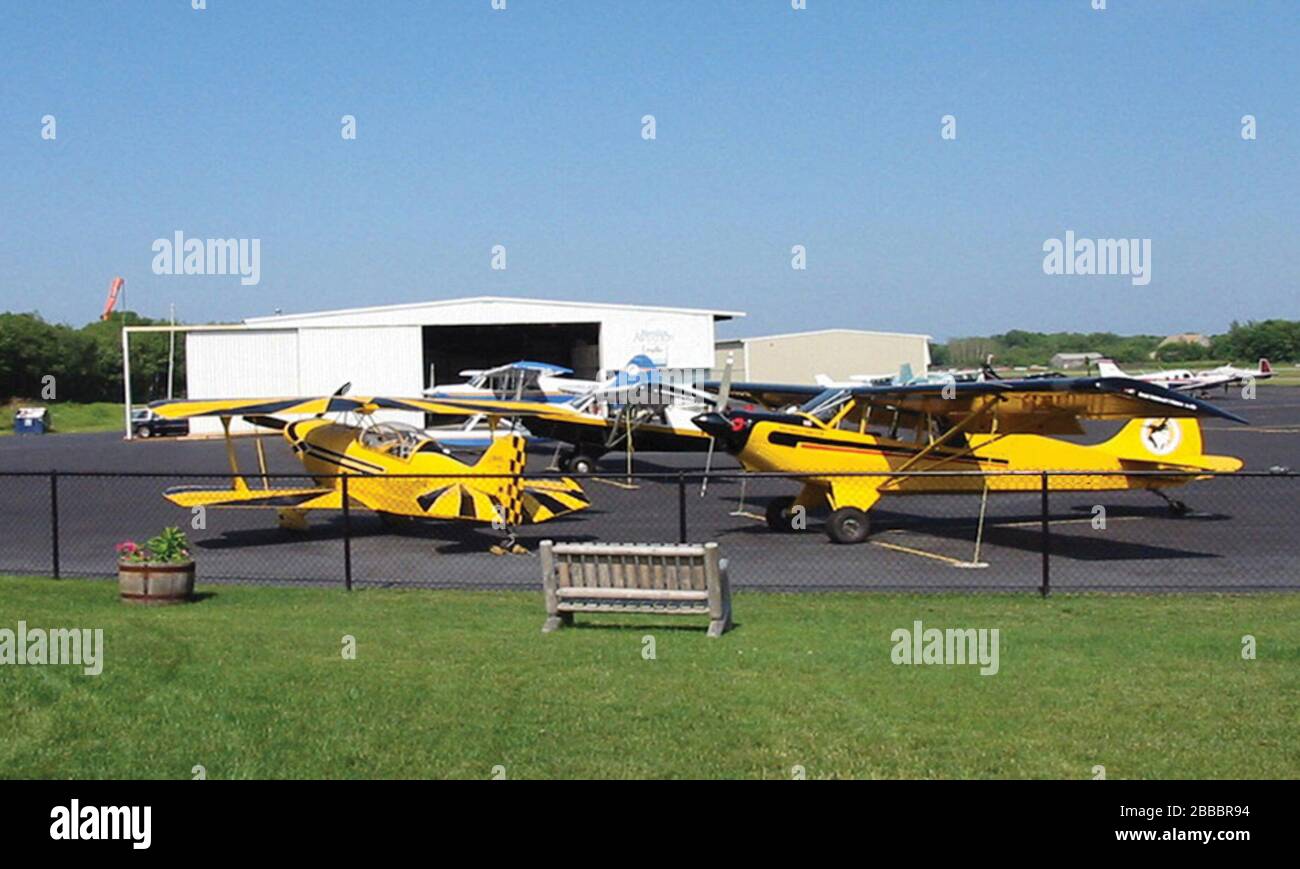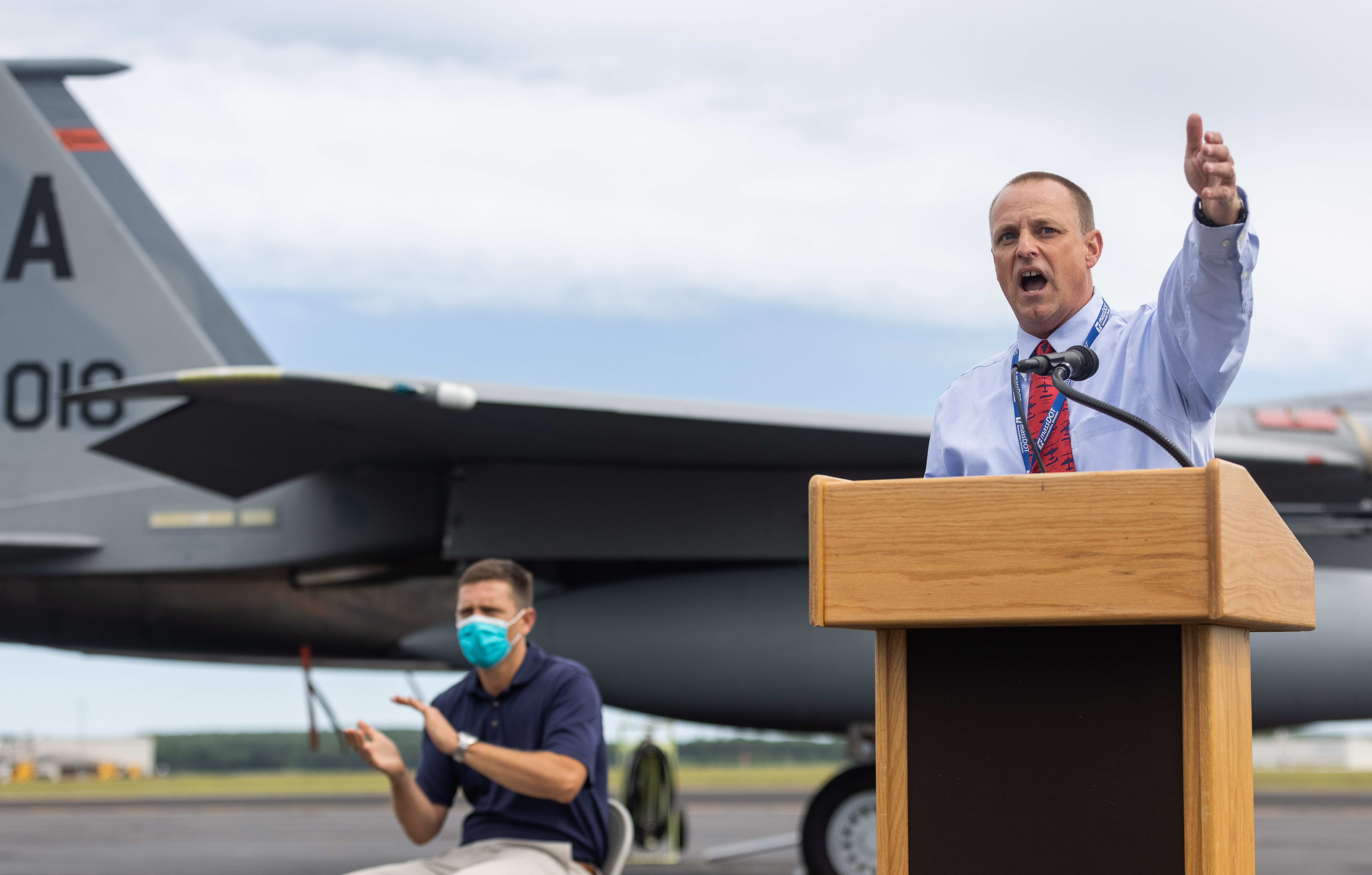Massdot Aeronautics Aircraft Registration - A state performance review found that MassDOT's Aeronautics Division failed to meet several administrative requirements for two years.
An investigation by the state auditor's office from July 1, 2019 to June 30, 2021 found that the Department of Aeronautics did not have a business continuity plan or internal control plan, and not all employees had signed one. implement policy and complete cybersecurity training for information technology.
Massdot Aeronautics Aircraft Registration
The watchdog's office also noted that policies and procedures related to the Aeronautics and Space Administration's pilot program for unmanned aircraft systems should be strengthened to monitor drones and coordinate emergency response efforts.
Category:piper Pa 24 Comanche
"In two previous audits of the Aeronautics Department, the State Auditor found that the department did not document the BCP and test the BCP to restore mission-critical and important business functions in an emergency," State Auditor Suzanne M. Bump said. "I am happy that some measures have been taken to improve the GDP and to implement the results of our audit."
Audit BCPs and ICPs are developed and implemented, and the department requires new hires and annual cybersecurity training and requires all employees to sign a policy that outlines the proper use of IT.
"We are now in compliance with all federal requirements and the Department of Aeronautics is taking state inspection recommendations," MassDOT aeronautics director Jeffrey DeCarlo said in a statement.
MassDOT's Division of Aeronautics, formerly known as the Massachusetts Aviation Commission, has control over 35 of the state's 38 airports—except Logan International Airport, Worcester Airport and Hanscom Field, which are owned and operated by the Port of Massachusetts. it is legal. Erc.
Massachusetts Aviation Sales Tax Exemption Continues To Fuel Economy
It received more than $35.4 million in total funding for fiscal years 2020 and 2021; More than $8 million of that money went to the department's drone program, which uses unmanned aerial vehicles to inspect bridges, railroads, subway tunnels and airports, as well as active surveillance, accident investigation and incident response operations across the country.
Gayla Cawley is a transportation reporter for the Boston Herald. He previously served as news editor of the Daily Point. The University of Connecticut graduate student can often be seen riding his studio-cycle to virtual training classes. For the past few years, MassDOT has been deploying a variety of small drones for aerial surveillance of the state's transportation assets. They can't quickly assess the overall condition of railroads, highways and highways, and can also spot potential hazards like downed trees and power lines that block rights-of-way after a storm.
Now MassDOT is taking drone technology to the next level. Partnering with London-based Skyports, a mobility company that develops and operates drone delivery infrastructure, the government will explore the use of drones to connect remote communities with services such as healthcare and package delivery.

Director of State Aviation Dr. Alex Brown, director of operations at Skyports, which operates Skyports in the US, told GBH News that "our drone delivery business is usually focused on medical products - because they are small and expensive - drones work well for delivery ."
Global Sky Team, Author At Global Sky Media
Brown described a three-month project with the National Health Service in which drones delivered COVID tests and pathology samples to remote communities and laboratories, saving 12,000 hours of waiting time for pathology samples. "This is the type of operation we plan to launch in the United States soon," Brown said.
The drones used for MassDOT operations are fixed-wing vertical takeoff and landing drones, meaning they take off and land like a helicopter before "switching" to flight mode. According to Brown, they can carry 12 kilograms of cargo, travel 120 kilometers and are fully electric.
The state is partnering with multiple agencies, including the FAA, NASA and the Department of Homeland Security, to conduct demonstration tests, DeCarlo said. "One of the most important safety scenarios is when these cars collide with manned or manned aircraft," he said, stressing the need to avoid collisions with other aircraft.
DeCarlo recently announced a three-day trial of drone technology on Vineyard Sound. "We're testing the ability of these aircraft to maneuver, to maintain communications, to get from point A to point B," he said. "For this we had to put chain guards on the boat halfway to Martha's Vineyard. .
Mfm December/january 2013 By Dave Weiman
According to current FAA regulations, drones must operate under visibility, but the goal is to eventually be able to operate them without visual observers - and this is where the partnership with Skyports begins. The Skyports were approved by the FAA to operate beyond line of sight flights during a week-long feasibility study.
"Skyports have the ability to coordinate autonomous aircraft flights that cover significant geographic boundaries to deliver packages over long distances," De Carlo said. He also said the FAA is collecting data from tests conducted here in Massachusetts to determine when drones can fly without visual controllers, which is important for long-range missions.
If so, when will we be able to operate these drones properly? "It's going to be a long time before we use drones everywhere," DeCarlo said. "I think within a year you'll start to see individual use in controlled settings." As an example, he pointed to a large retirement community called The Villages in Florida, where UPS uses drones to deliver medications. "I think you'll see it spread across the Commonwealth in a year or two," he said.

As part of its project with MassDOT over the next year, Skyports will complete a series of test flights and demonstrations to prove operational reliability and technological capability. After the test phase is over, Skyports plans to move to permanent commercial operations in Massachusetts before expanding operations to other US states.
Uas Summit Fall 2021 Biographies
Together we can create a more connected and informed world. With your support, GBH will continue to innovate, inspire and connect through value communication that is relevant to today's times.
GBH News brings you the stories, local voices and big ideas that shape the world. The mission of the Department of Aeronautics is to improve aviation in the Commonwealth by creating an efficient and integrated airport system that enhances airport safety, customer service, economic development and environmental stewardship. The Department of Aeronautics has jurisdiction over the Commonwealth's 35 public airports and several heliports, restricted private landing areas and naval bases. This includes all Massachusetts airports except Logan International Airport, Worcester Regional Airport and Hanscom Field in Bedford, which are managed by the Massachusetts Port Authority (Masport). The division certifies airports and helicopters, licenses airport operators, conducts annual airport inspections, and ensures safety and security.
The Aeronautics division serves a number of customers, with a major portion of the customer base consisting of aircraft owners. The aircraft registration program provides the division with information about the aircraft at its facilities and their owners. Read more
The Department of Aeronautics is the coordinating agency for air operations for the Massachusetts State Emergency Management Agency; Fellow on the MassDOT Emergency Management Committee; and participates in a variety of emergency planning exercises throughout the Commonwealth. Read more
Massachusetts Airport Management Association
Pavement is one of the largest capital investments in the Massachusetts aviation system, and maintaining the condition of the pavement is important for both cost and safety. The Ministry of Aeronautics monitors the condition of the airport pavement through the Airport Management System (APMS). Read more
Capital budget at the end of the fiscal year to pay contractors, vendors, etc. percent of the capital budget allocation. This measure shows how well the Ministry of Aeronautics is meeting its planned expenditures. Read More Home > Department of Climate Management > Tax Issues > State Taxes > Massachusetts Aviation Sales Tax Credit Continues to save fuel.
A Massachusetts airport economic impact study found that aviation activities are responsible for 199,237 jobs, generate $7.2 billion in wages, and have a total economic impact of $24.7 billion, an increase of 49 percent.

"Studies show that general aviation airports support more than 5,000 jobs in Massachusetts with a total value of more than $630 million," said Scott O'Brien, senior director of public affairs. "The state sales tax exemption for the sale of aircraft or replacement parts continues to plague the general aviation sector, and the number of aircraft in the state has increased as a result of this exemption."
Westfield Barnes Regional Airport Completes $7.6m Runway As Aviation Recovers From Pandemic; Pentagon Eyes F 35a Fighters
In recent years, there have been attempts in state legislatures to repeal the exemption as part of a failed attempt to raise revenue. "Every year, when
Aircraft registration number, aircraft registration, aeronautics aircraft spotters handbook, aircraft registration holder, faa aircraft registration renewal, massdot registration, faa rc aircraft registration, aircraft registration lookup, massdot registration renewal, massdot rmv registration, faa aircraft registration, montana aircraft registration

0 Comments